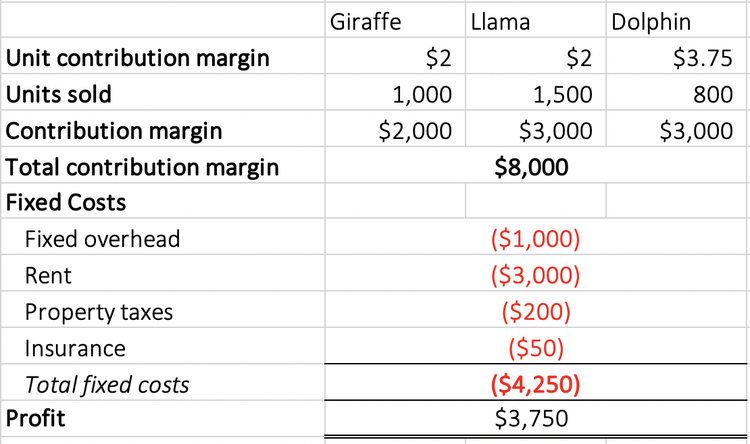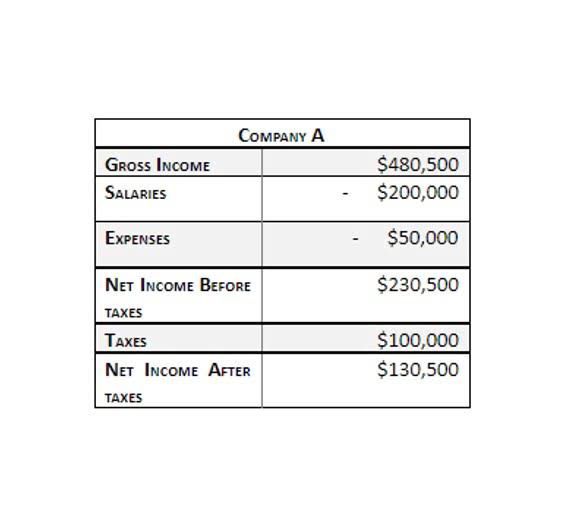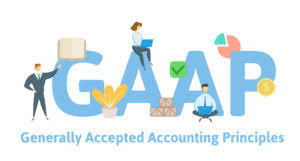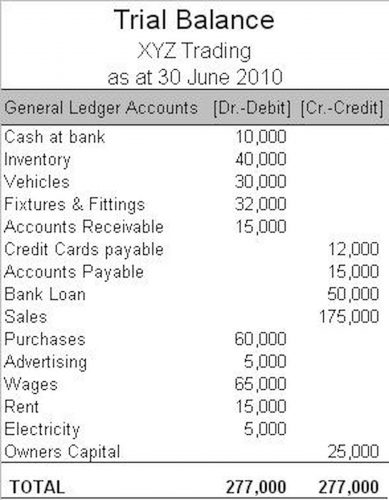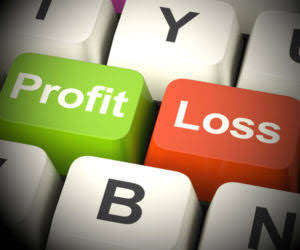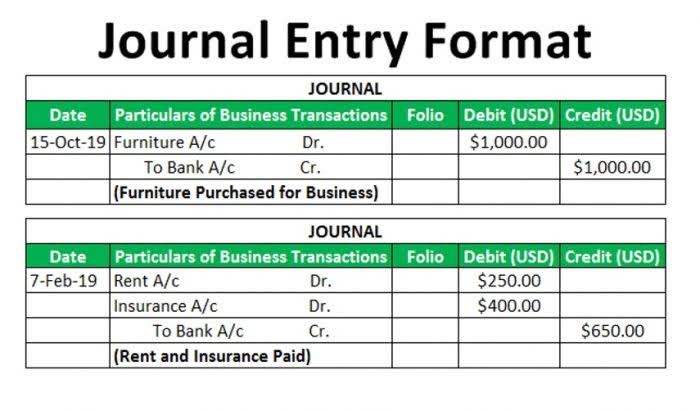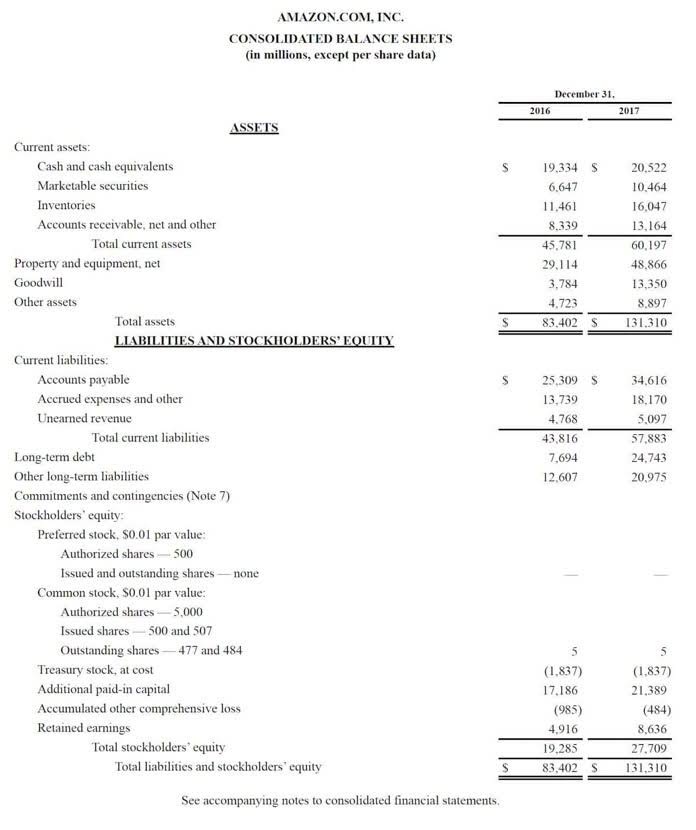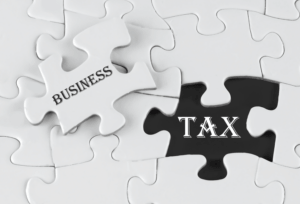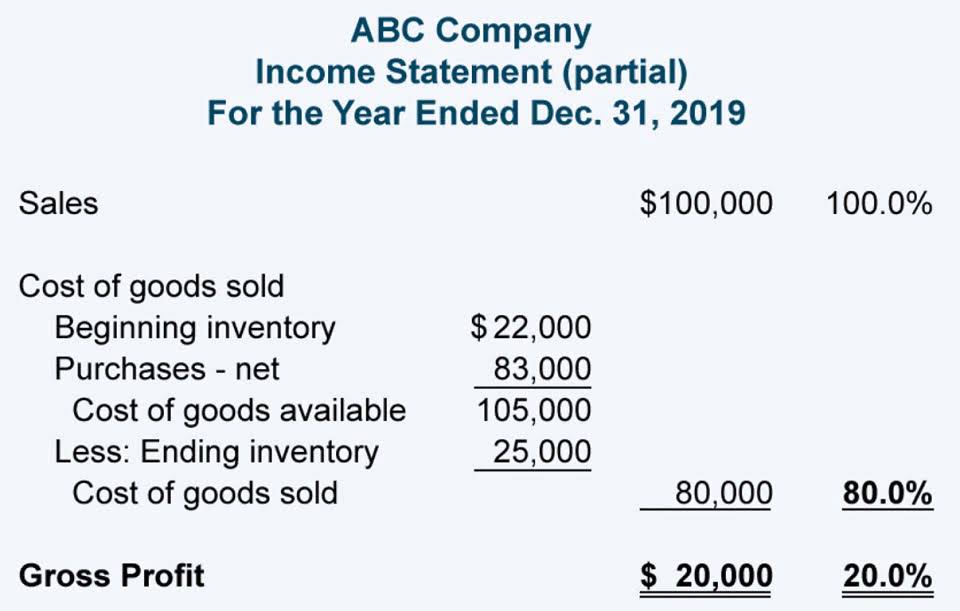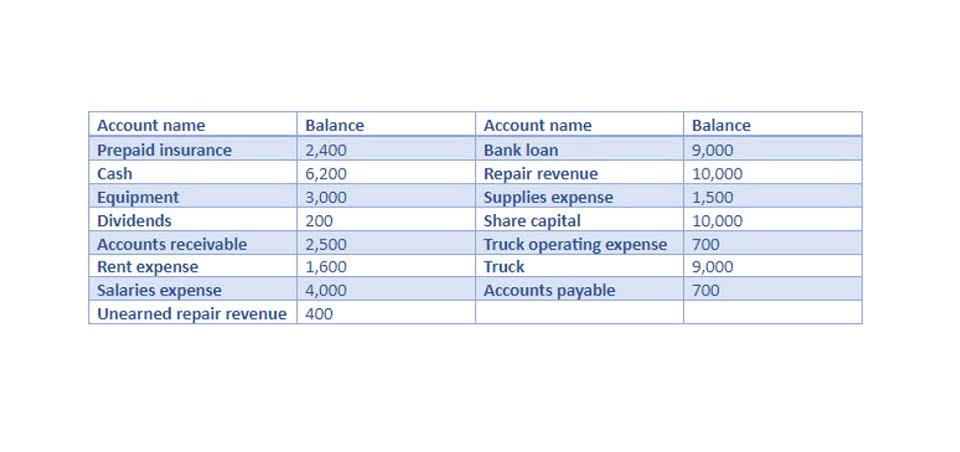It means selling the oldest inventory first in a retail or eCommerce setting. FIFO is also used in accounting for the cost of goods sold by a business owner. Going back to our retailer for example, let’s assume the five shirts that were purchased in May costs $7 per shirt. At the start of the financial year, you purchase enough fish for 1,000 cans.
Do you have a choice when it comes to using FIFO?
The items sold comprise 100 of the 5.00 units and 100 of the 5.50 units. It also shows that because the beginning inventory has all been sold, the remaining ending inventory is all 5.50 units. Finally, FIFO encourages a regular inventory turnover as older stock is sold off first. However, if inventory remains stagnant for a few years, there can be a significant discrepancy between cost of goods sold and market value when sales resume. The FIFO valuation method generally enables brands to log higher profits – and subsequently higher net income – because it uses a lower COGS.
Leave inventory management to the pros (ShipBob)
FIFO takes into account inflation; if prices went up during your financial year, FIFO assumes you sold the cheaper ones first, which can lead to lower expenses and higher reported profit. FIFO is an inventory valuation method that stands for First In, First Out. As an accounting practice, it assumes that the first products a company purchases are the first ones it sells.
- Cost of Goods Sold, or COGS, is the amount of money a business pays to produce the number of goods sold in a given period.
- Since the cost of labor and materials is always changing, FIFO is an effective method for ensuring current inventory reflects market value.
- However, if inventory remains stagnant for a few years, there can be a significant discrepancy between cost of goods sold and market value when sales resume.
- LIFO may reduce your taxable income, but it will also make your P&L statement look less favorable.
- Businesses must maintain clear documentation of inventory receipts, sales, and adjustments to ensure the integrity and accuracy of their financial statements.
FIFO vs LIFO
The cost flow assumption built into FIFO is that you’ll sell older goods first. When you experience the bullwhip effect, that cost flow assumption may get complicated, particularly if older merchandise becomes unsalable because of changes in consumer preferences. An example is the best way to understand the FIFO approach to inventory. Let’s take the case of Garden Gnome, a (fictional) online retailer of gardening supplies and equipment. In January, Garden Gnome ordered 50 trowels at a wholesale price of $10 each.

In conclusion, FIFO – First In, First Out – is a fundamental method in inventory management and accounting. By prioritizing the sale of older inventory items, businesses can accurately report profits, manage inventory efficiently, and comply with industry regulations. Implementing FIFO requires diligence and proper training, but the benefits it offers are well worth the effort. FIFO, or First In, First Out, is a method of inventory valuation that businesses use to calculate the cost of goods sold. FIFO is also generally considered to be a more accurate and reliable inventory valuation method since it is more difficult to misrepresent costs.
Unlock Turbo Warehouse Management with ShipBob’s WMS
This means that the cost of goods sold (COGS) reflects the cost of the oldest inventory items, while the ending inventory consists of the most recent purchases or productions. FIFO is widely utilized across various industries, including retail, manufacturing, and distribution, to maintain accurate records, comply with regulations, and make informed financial decisions. FIFO is straightforward and intuitive, making it popular as an accounting method and useful for investors and business owners trying to assess a company’s profits. It’s also an accurate system for ensuring that inventory value reflects the market value of products.
After almost a decade of experience in public accounting, he created MyAccountingCourse.com to help people learn accounting & finance, pass the CPA exam, and start their career. No, FIFO can be applied to various industries beyond physical goods, including accounting for services, such as consulting hours or software a sample profit and loss statement to help your business subscriptions. Consider the following practices to ensure your FIFO calculations are accurate and up to date. One of the biggest problems many of us face in the kitchen is letting perfectly good food expire and go to waste. We don’t do it on purpose, but this happens to even the most organized people sometimes.
Not only does FIFO help you avoid inventory obsolescence, but it also follows the guiding principles of inventory management and is a relatively simple inventory costing method to use. FIFO is better termed as a philosophy that companies use when evaluating the inventory of a business. Many food-based businesses, such as grocery stores, ensure that his principle operates by placing the oldest food items and the front and the newer ones in the back.

